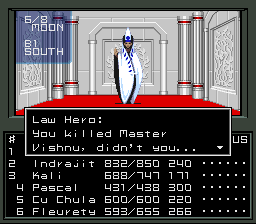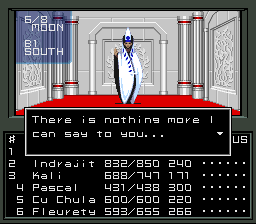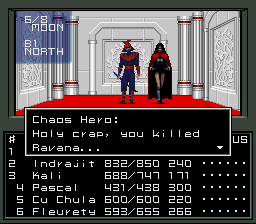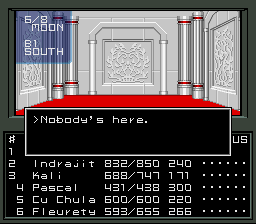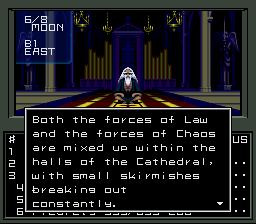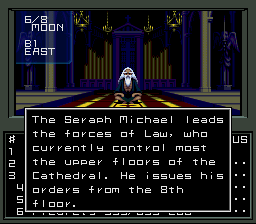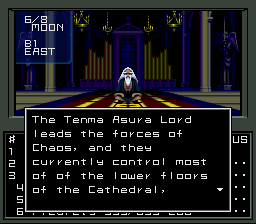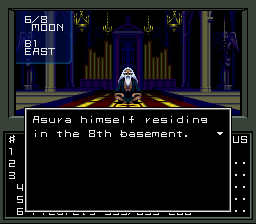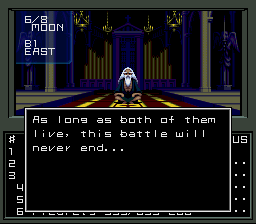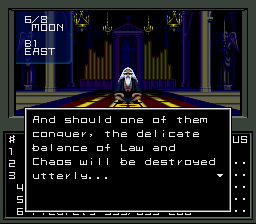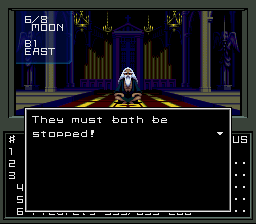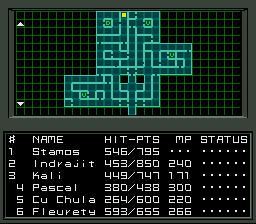

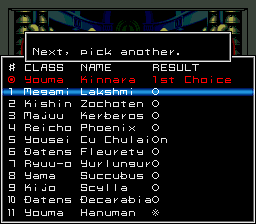
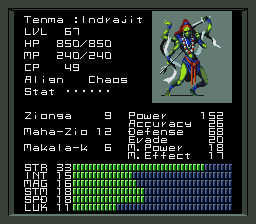
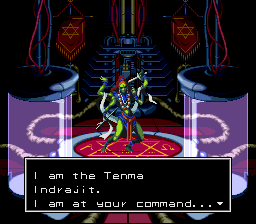

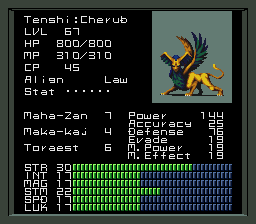
Wikipedia posted:
A cherub (Hebrew כרוב, plural כרובים kruvim) is a supernatural entity mentioned several times in the Tanakh (the Hebrew Bible), and in the Book of Revelation (a New Testament text), as well as often being depicted in western art. The correct plural can be written as cherubim or cherubs; the former has theological connotations, whilst the latter generally refers to the stereotypical depictions of cherubim in western art. Because most English speakers are unfamiliar with Hebrew plural formation, the word cherubims is sometimes incorrectly used as a plural.
There were no cherubim in the Herodian reconstruction of the Temple, but according to some authorities, its walls were painted with figures of cherubim[24]; paintings of cherubim continued into Christian art. In Christianity, they are often represented in iconography as faces of a lion, ox, eagle, and man peering out from the center of an array of four wings (Ezekial 1v6,8, 10v12,21 Revelation 4v8); Seraphim have six; the most frequently encountered descriptor applied to Cherubim in Christianity is many-eyed, and in depictions the wings are often shown covered with a multitude of eyes (showing them to be all seeing beings). Since the Renaissance, in Western Christianity cherubim have sometimes become confused with putti—innocent souls, looking liked winged children, that sing praises to God daily—that can be seen in innumerable church frescoes and in the work of painters such as Raphael.
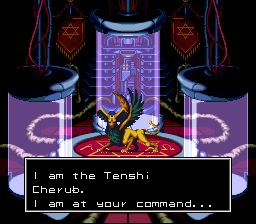

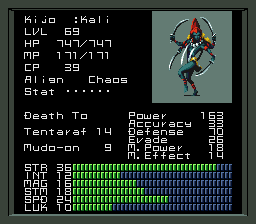
That painting isWikipedia posted:
Kali (Sanskrit Kālī काली) is a goddess with a long and complex history in Hinduism. Although sometimes presented as dark and violent, her earliest incarnation as a figure of annihilation still has some influence, while more complex Tantric beliefs sometimes extend her role so far as to be the Ultimate Reality (Brahman) and Source of Being. Finally, the comparatively recent devotional movement largely conceives of Kali as a straightforwardly benevolent mother-goddess. Therefore, as well her association with the Deva (god) Shiva, Kali is associated with many Devis (goddesses) - Durga, Badrakali, Bhavani, Sati, Rudrani, Parvati, Chinnamasta, Chamunda, Kamakshi or kamakhya, Uma, Meenakshi, Himavanti, Kumari and Tara. These names, if repeated, are believed to give special power to the worshipper.
She is not to be confused with Kali, the male demon from the Mahabharata and Kalki Purana who is the personification of Kali yuga, whose name is spelled with a 'short' a and a 'short' i.





